The sleeper train has long been the most romantic form of rail travel.
In the days before long-distance air travel, trans-continental rail journeys were the only real choice for getting from nation to nation quickly and easily, and given the length of these journeys, most of them involved an overnight (or two) section en-route.
In the USA, the sleeper trains connected all the major cities, each train sold by the railroad as a glamorous hotel on rails, moving the rich and famous from coast to coast. In fact, famous names like the Super Chief, Empire Builder and California Zephyr still live on today on Amtrak long distance trains.
In Europe, the glitz and luxury of services like the Orient Express, Nord Express and Golden Arrow helped to cement the sleeper train in people’s minds and the only way to travel… even after airlines started to spring up across the continent.
Here in Britain, things were no different. In the days before the motorways, the train was (and still is) the fastest and most reliable way to travel. Sleeper services criss-crossed the nation, operated by the famed names of LNER, LMS, GWR and the like (although they had existed for many years before this too!). As the British Rail name arrived, the sleeper services continued with similar regularity… and by the late 1970s, BR were carrying over 800,000 sleeper passengers a year.
In the 1980s, as motorways expanded, rail service speeds increased and frequency of daytime trains was improved; BR suddenly began to find its sleeper trains increasingly empty, and the almost thirty trains a night that trundled across the nation, were cut to just thirteen.
The arrival of privatisation in the mid-1990s dented this even more, as the new private operators sought ways to make their rolling stock pay, more so than BR had ever done.
Skip forward to 2018, and now we only have two remaining sleeper services in the UK. GWR’s Night Riviera from London to Devon & Cornwall, and the Caledonian Sleeper running too from London, but up to Scotland where it splits and fans out across the country.
The Caledonian Sleeper itself has a proud past, in fact some would say it was the first sleeper train in the UK. On 1 October 1873 the Caledonian Railway introduced a sleeping carriage, built by the London and North Western Railway, on limited mail trains three days per week between Glasgow Buchanan Street and London Euston. Its uniqueness and convenience proved a hit with the travelling public and services grew throughout all eras of the railway, with services eventually operating from both London Euston via the West Coast Main Line, and London King’s Cross via the East Coast Main Line (although these were withdrawn in May 1988).
Upon the arrival of privatisation in 1996, the service was relaunched as the Caledonian Sleeper with the Night Caledonian (Glasgow), Night Scotsman (Edinburgh), Night Aberdonian (Aberdeen), Royal Highlander (Inverness) and West Highlander (Fort William) sub-brands applied to the various trains. National Express took control of the service when it won the ScotRail franchise in late 1996, which in turn then passed to First Group when they took the franchise in 2004.
However, not much had changed with the coaches, services or standards since the latter days of BR, so in 2012, in a bid to save the service, the Scottish Government announced they would separate the Caledonian Sleeper service from the main ScotRail franchise and spin it off as its own entity, to encourage investment in rolling stock and passenger growth. In early 2015, Serco was announced as the winner of the new franchise and arrived with a promise to invest £100million in new trains, improved interiors and better standards. The new rolling stock, they said, would be ready to go in 2018.
And that’s where things really get interesting. Serco contracted CAF (a Spanish rolling stock supplier) to build 75 brand new coaches of five different types. These will be formed into a total of four 16-coach trains (with 11 coaches as spares) and replace the aged Mk3 sleepers and Mk2 seated coaches, with something bold, different, unique and unlike anyone has seen on a sleeper train in the UK since the glory days of the overnight trains!
So, with the arrival of a new operator, and promise of new rolling stock, the Caledonian Sleeper needed a new image – one that celebrated its roots but also gave a clear signifier of the service to come. And thankfully, Serco didn’t disappoint. With the goal of creating a world class rail hospitality experience firmly in their minds, Serco appointed Glasgow-based design agency Weber Shandwick to “reinvent a national icon”.
Introducing a deep, dark green colour and white stag motif (inspired by the nickname of the Fort William to London route, which was once known as the Deerstalker), the new Caledonian Sleeper identity has a distinct air of luxury about it – using colours, fonts and styles that could be reminiscent of something one may see on a highland hunting lodge, and creating a bold, different look to anything that has run on the route before (and very different to First Group’s ‘barbie’ livery still applied to the trains at present). The white stag identity has five point antlers which represent the services three Highland and two Lowland destinations and, according to Serco, forms a “strong contemporary look”.
To launch the new look, Serco gave a complete train set (including locomotives, Mk3 sleepers and Mk2 seated coaches) an exterior makeover into its new deep green and stag motif livery, with Scotland’s First Minister Nicola Sturgeon unveiling it on 31 March 2015 at Inverness station (the home of Serco’s Sleeper operations). She too was complimentary on the design overhaul commenting “We knew that the routes through Scotland already offered a spectacular backdrop, but we wanted to see the journey and the trains to become a destination in themselves and take a larger tourism role in promoting Scotland”.
Speaking of overhauled locomotives, Serco’s approach to their new fleet took the industry a bit by surprise, as they took on classes not typically used for passenger operations. Supported by the likes of GBRf and Freightliner, the powerful Class 92, (originally designed for Channel Tunnel freight operations) was chosen as the main hauler of the full rake of coaches from London to Scotland, where the service is divided and split between specially rebuilt Class 73 locomotives (yes, those unique ‘half diesel, half electric’ locos commonly seen in the south-east regions) which have been fitted with similar power units found in Class 43 HSTs. The ‘73/9s’ then haul the smaller trains from Edinburgh and Glasgow to the Highland and Lowland destinations mentioned previously. They also chose some ex-Virgin Trains Class 86 and 87 locos as stock movers (courtesy of AC Locomotive Group), which can be seen hauling the empty coaches into and out of Euston before/after the sleeper service arrived/departed. All these locos received the same green/white stag livery as the coaches, with a large logo, but minus the large body-side antler graphics.
Back in Spain, the CAF coaches currently being built (and latterly tested in the Czech Republic) are of a new brand design, nicknamed the ‘Mk5’ (given the last major coach build by BR was the Mk4 stock for the ECML). Sneak peeks of the them on test have appeared here and there, the dark green livery with light grey doors obviously picking them out as Caledonian Sleeper stock.
In preparation for their arrival towards the middle of this year, Serco have started giving the public glimpses at computer-generated imagery and, in some cases, full size mock ups of the new interiors. Scottish interior designer Ian Smith has been challenged to follow on from the new brand and exterior look by bringing some of the Scottish Highlands into the trains, all the while maintaining that luxury look. Rustic reds, Celtic blues and rich browns and beiges all make an appearance in the colour scheme, plus a healthy dose of Scottish-inspired woodgrains and texture.
The coaches are set to be a bit of a revelation in their design and spec. Suites, a new option for the service, introduces full-size double beds to the route, with smart en-suite facilities. Club rooms continue the bunk bed tradition (albeit in a new, comfier layout) and also include en-suite facilities. Classic rooms (like a Club room minus the en-suite!) and Comfort seats are also on offer, plus a new Club car which replaces the old lounge car with a more-modern, more-social environment in which to relax and unwind (plus freshly-cooked food sourced from the best of Scottish producers).
All cabins will have key card entry systems and facilities for charging mobile devices, each room will have individual temperature controls and dimming LED lighting, plus as mentioned, toilet facilities are due for an overhaul… no more schlepping down the corridor to use the little cubicle at the end of the coach, as Suites and Club rooms will feature full en-suite toilet and shower facilities. Comfort is at the forefront of the design too, mattresses have been sourced from bespoke Scottish mattress manufacturer Glenncraft, ensuring what Caledonian sleeper are calling hotel quality sleep.
Wi-Fi will be featured throughout, plus a streaming on board entertainment service featuring movies, TV and the best in inspirational Scottish documentaries and travelogues.
But it’s not just the trains that are having a makeover. New uniforms for staff (courtesy of award winning design label ‘ten30’) have already appeared, again using uniquely Scottish patterns, materials and textures, and all customer comms have been given a through redesign to match up to the new brand standard.
Thanks to Serco, and Transport for Scotland, the sleeper service is ready for its renaissance. No longer just a means to commute from London to Scotland, in 2018 the Caledonian Sleeper will take its place a truly ‘moving’ travel experience. A miles-better alternative to a night in a cheap hotel and a quick flight to Scotland… why would you when you could relax and while away the hours in comfort and style?
Don’t be surprised if you start to see the Caledonian Sleeper again appearing in those ‘rail journeys you HAVE to do’ lists – the views are already pretty spectacular (as your train winds its way through the beautiful Scottish scenery, the morning sun making the dewy heather sparkle across the moorlands as you peek out from under your duvet), add in the new hotel-quality coaches and beautiful new identity, and it’s going to be something that’ll go on many people’s bucket-lists, for years to come.

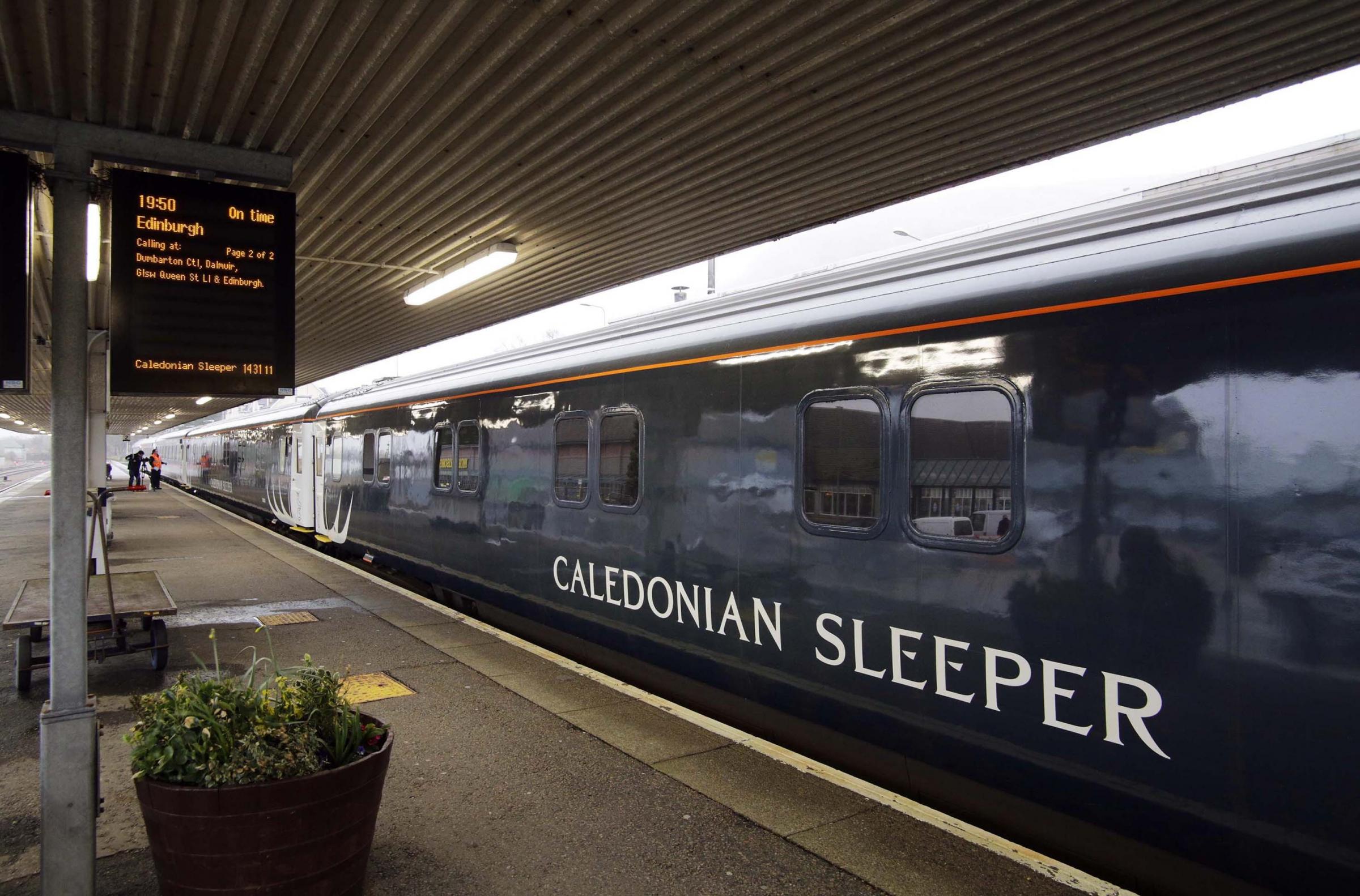

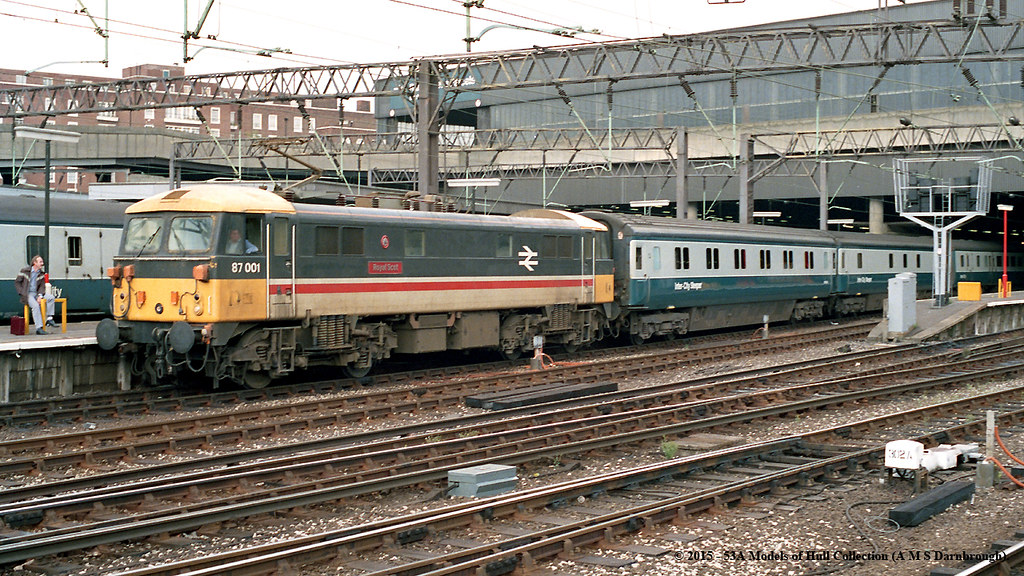

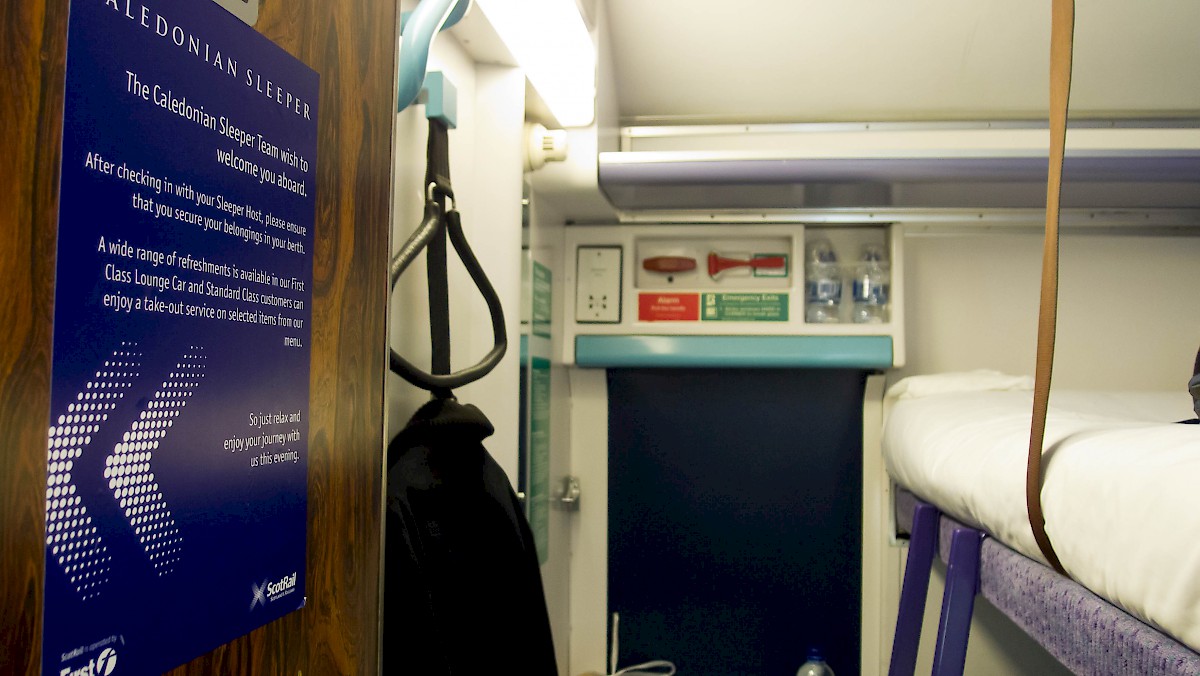

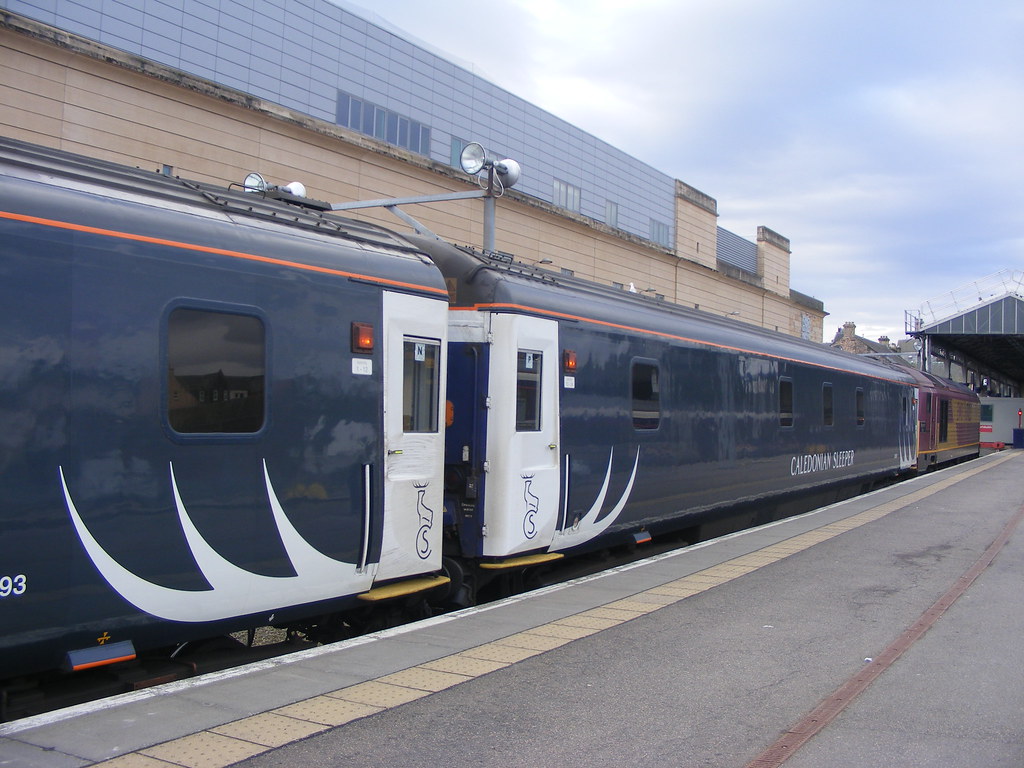


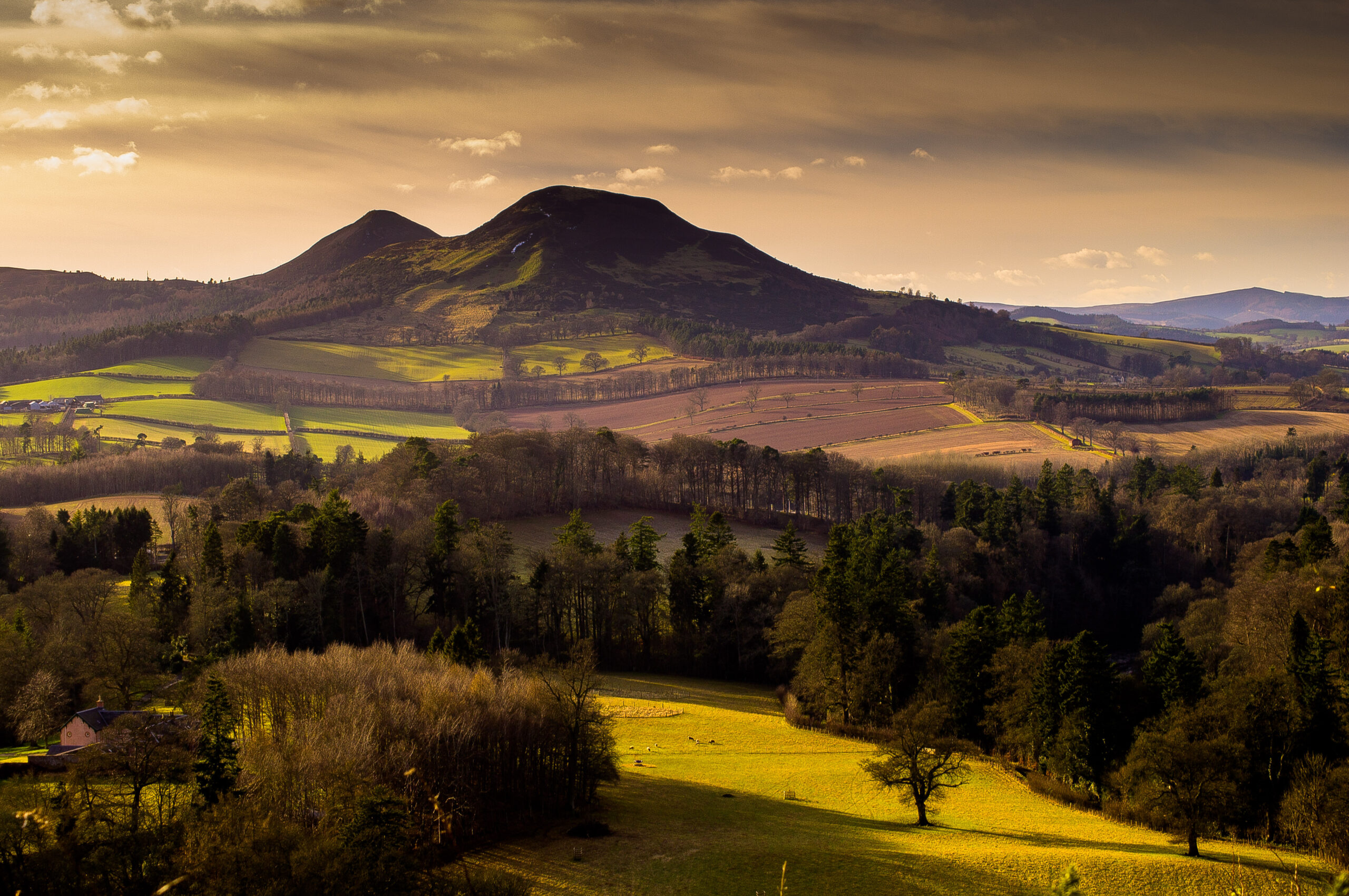
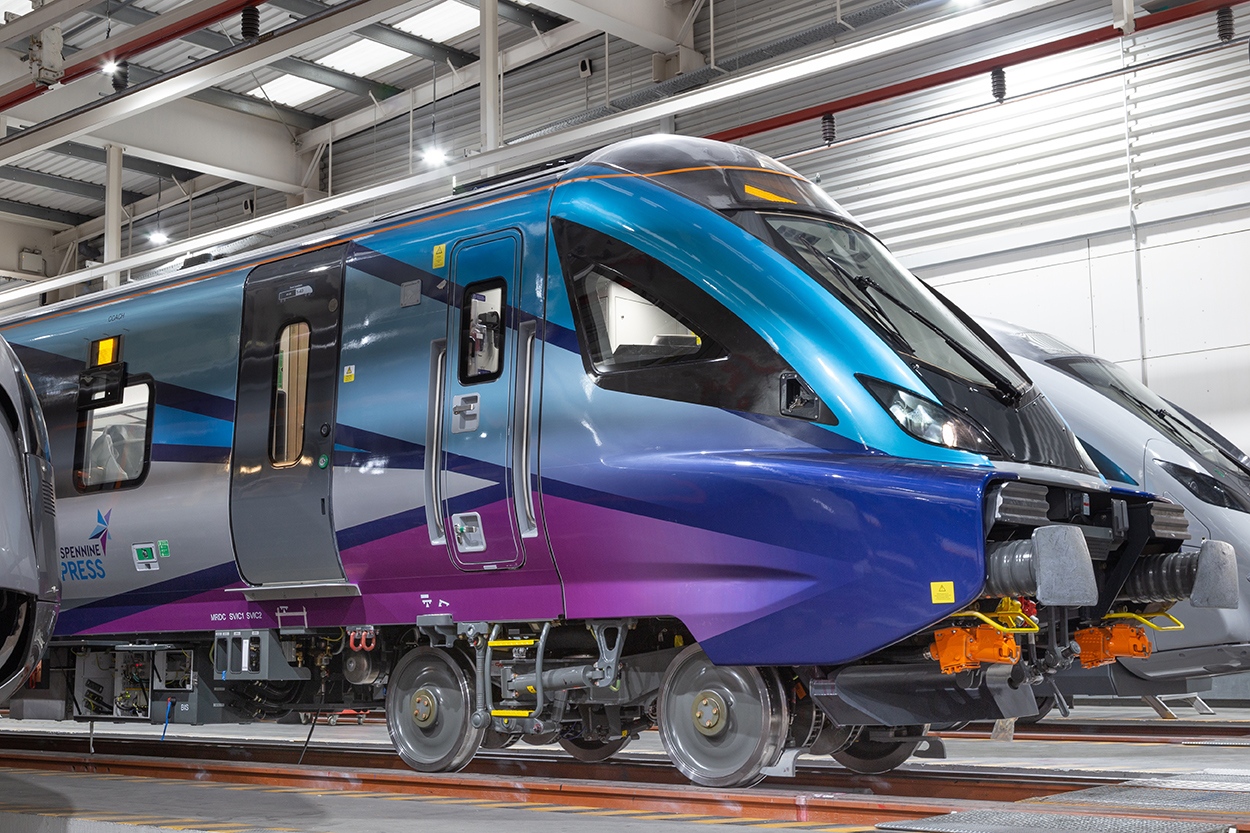
3 Responses
A extremely good article. It certainly opened my eyes and makes me want to do the sleeper experience even though I live in the midlands.
At a time when France and other European countries are cutting their sleeper services (you can no longer go on a sleeper train from Paris to the French Alpes for instance) it is great to read that we are moving the other way with such a quality and unique service! I travel from Carlisle to Paris frequently and look forward to making his journey a part of my travel route – despite the. Fact I’ll have to join the train at 1am!!!!
Great article Sam.
I really like the logotype and most of the branding, although the massive white ‘antlers’ on the ends of the carriages aren’t so good.